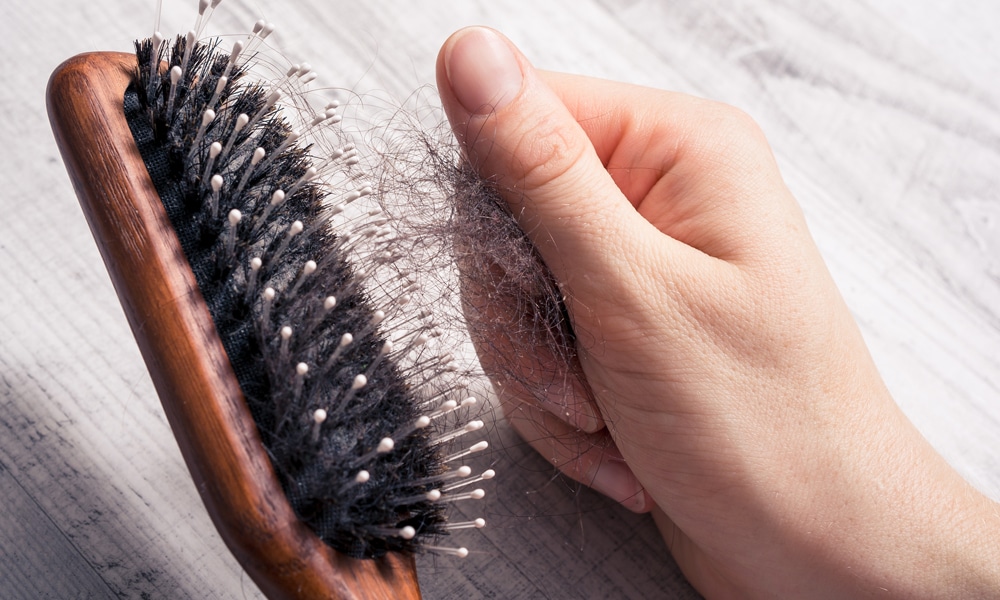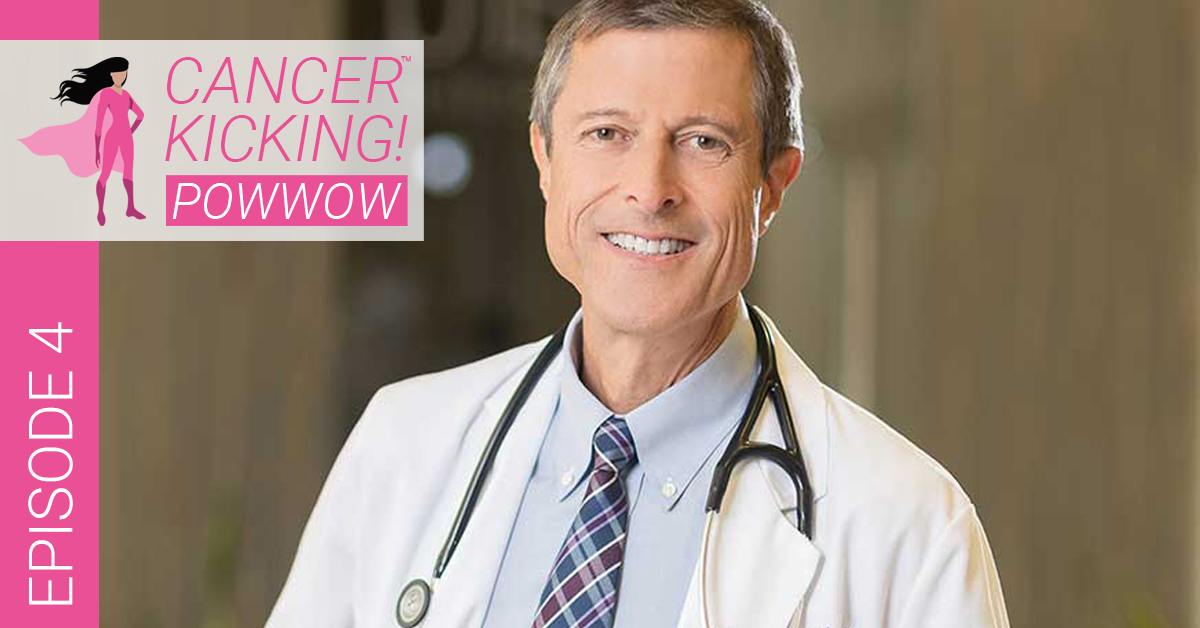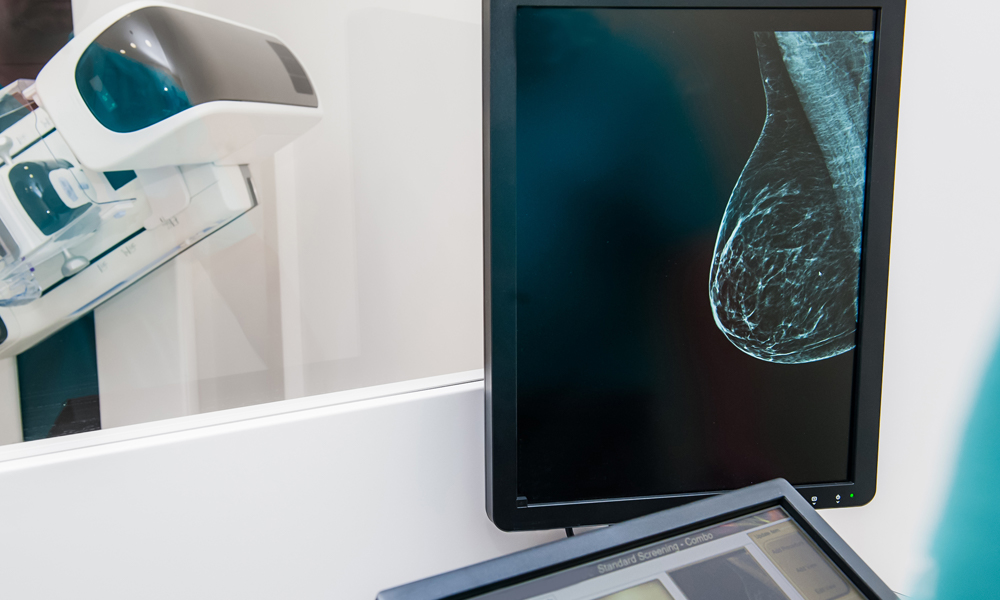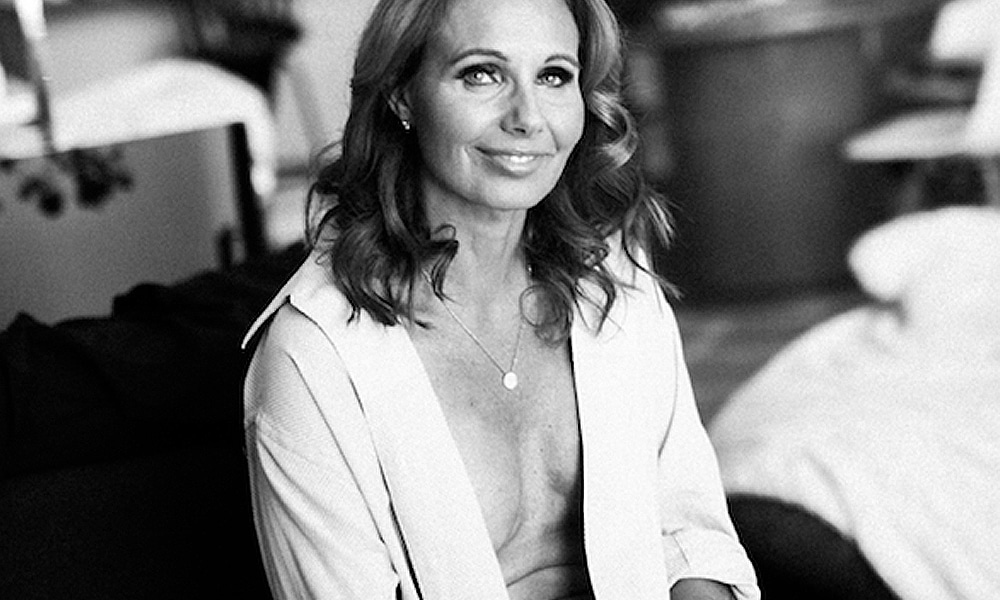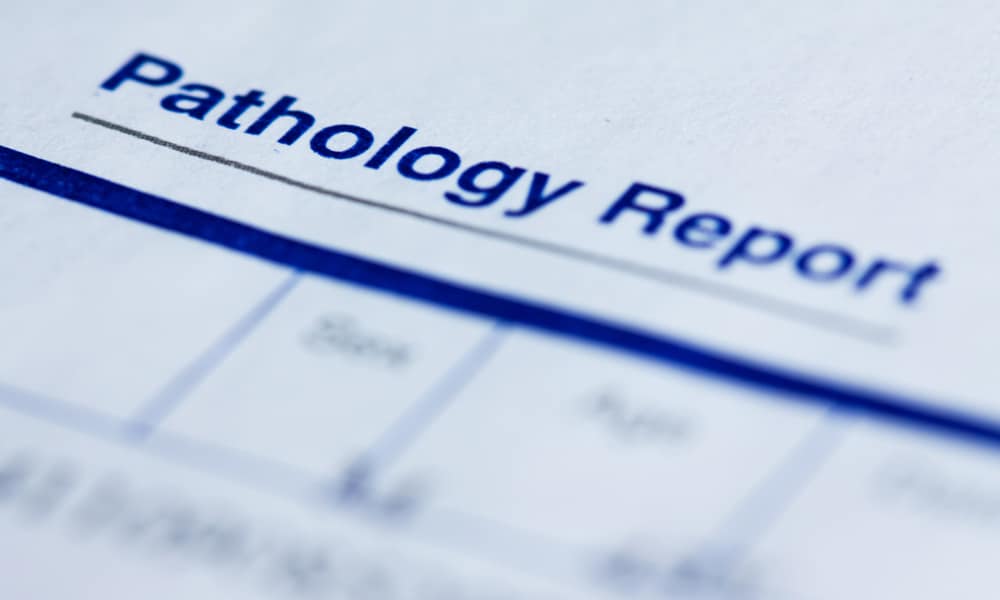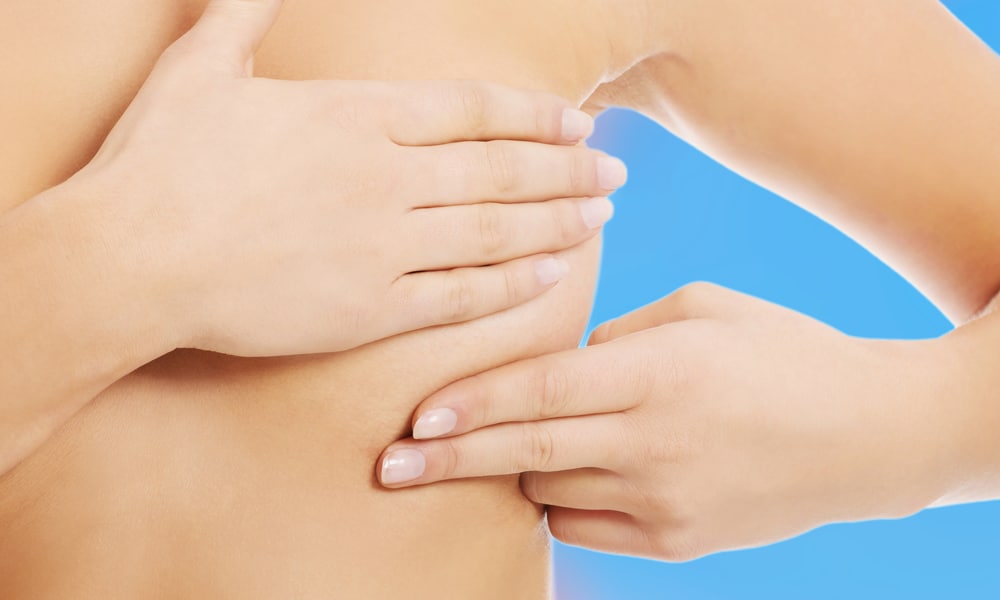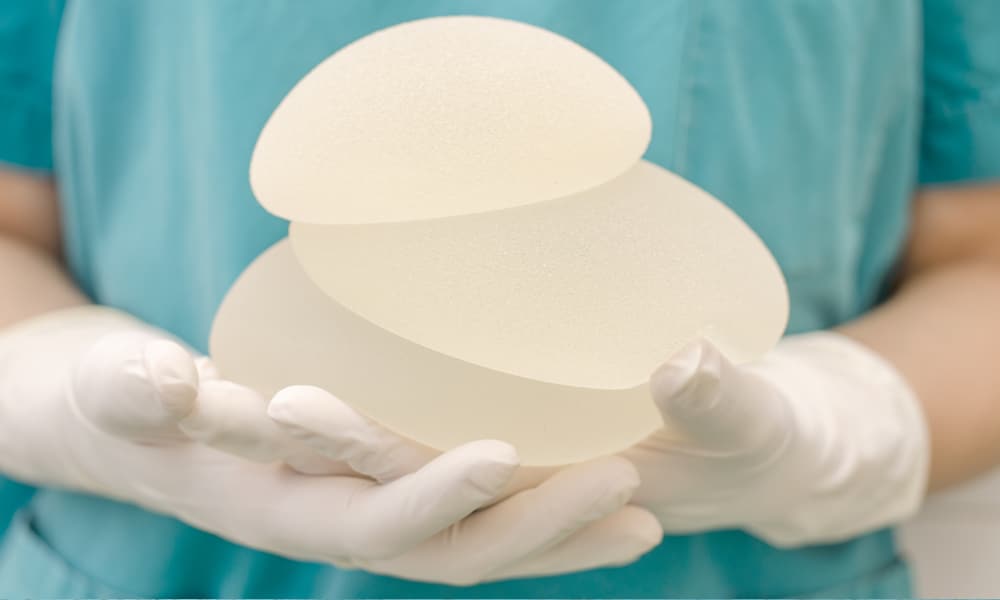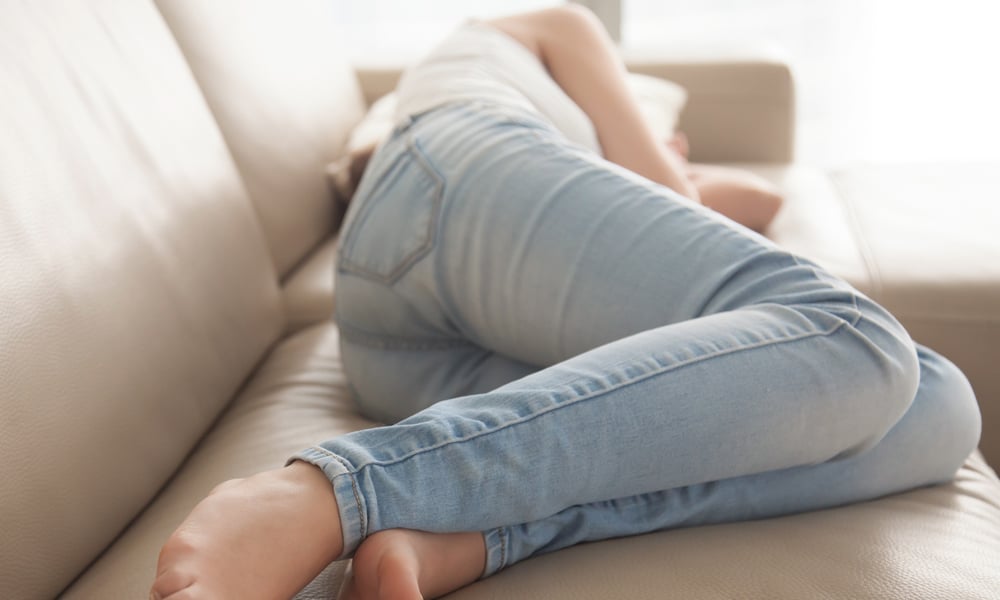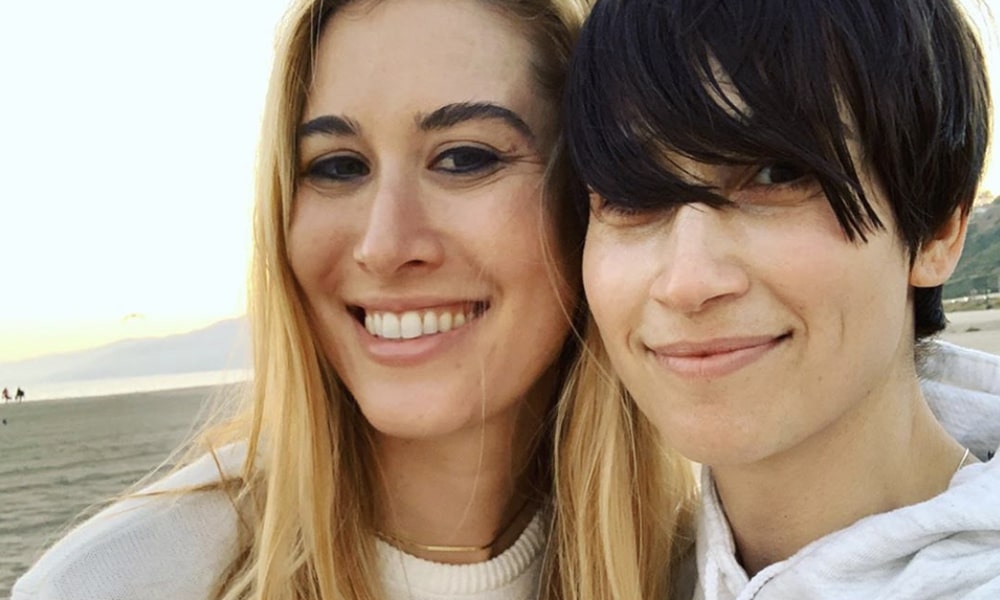Whether you sport braids, dreadlocks, a bob, bangs, an afro, or an updo, you’ve purposefully created your hairstyle and it likely has come to define a significant part of your image, your personality and identity. Naturally then, one of the scariest and most stressful parts of breast cancer treatment can be wondering and worrying about losing your hair or ending up with hair thinning – and everything that you think goes with it. For many women, this can be a traumatic side effect of breast cancer treatment – not only because it changes your appearance and often affects your self-esteem, but also because baldness is such a glaringly visible sign of cancer therapy.
Understanding why hair loss happens, what to expect, and how to prepare for it can make you feel more comfortable facing and managing this possible chemotherapy side effect.
 We’ve been working hard on this. Add your e-mail address and we will tell you as soon as it launches.
We’ve been working hard on this. Add your e-mail address and we will tell you as soon as it launches.
What Types of Treatment cause Hair Issues?
The good news is that radiation to the breast area will not cause hair loss on your head (however, if they radiate your axillary nodes, you will lose armpit hair; hooray for one welcome side effect!). However, acute emotional stress can cause alopecia 2-3 months after a traumatic event, but this depends on each person. What does make your hair fall out predictably comes from certain chemotherapy drugs, as the chemo medication not just attacks your cancer cells but also your healthy cells, including your hair follicles[1].
There are also two other ways that cancer therapies can mess with your hair:
- The medication in chemotherapy is so strong, it has the potential to damage your ovaries and put you into permanent menopause, regardless of your age (although the older you are, the higher this risk becomes). This has many implications, including the ability to get pregnant (read our article Getting Pregnant after Breast Cancer). One of the other risks is that your chemo-induced menopause will cause hair thinning even if you are still young and years away from the age where hair thinning is common. Without ovarian hormones flying around in your bloodstream, hair grows more slowly and becomes much thinner. At the same time, the level of androgens rises and these male hormones shrink hair follicles, resulting in less hair on the head (and for some cruel reason, those same androgens can cause unsightly hairs to grow on the face, upper lip and chin, oy!). If you find yourself in this situation, use a natural, paraben-free product like Swell Hair that brings vitality back to your dull hair, making it thicker and fuller.
- Hormonal treatments for breast cancer (e.g., tamoxifen and aromatase inhibitors) can also create undesirable hair qualities. While these medications do not permanently damage your ovaries, and while they rarely cause hair loss, they have the unwelcome effect of putting you into a reversible state of menopause by eliminating or overwhelming your natural estrogen levels. Women often stay on these medications for many years, so be prepared for hair thinning and other menopause symptoms to pop up on a regular basis – that is, until you stop the medication (read our comprehensive blog on Menopause to understand all the symptoms you may experience).
Get discounted Tier 2 tickets while they last. Watch the Summit via on-demand video from anywhere or attend in person at the breathtaking oceanfront Terranea Resort in Southern California.
Why Chemotherapy-Induced Hair Loss Happens
Chemotherapy drugs cause hair loss because their goal is to kill the rapidly dividing cancer cells in tumors. Unfortunately, they usually destroy other fast-dividing cells in healthy parts of your body as well. Hair becomes an innocent bystander because hair follicles contain a sack-like structure of cells that are constantly dividing and growing new hair.
Everyone loses hundreds of hairs each day, but because new hairs are always sprouting from healthy hair follicles, it’s rarely noticeable. When chemotherapy induces hair loss (also known as chemotherapy-induced alopecia), the cells within your hair follicles are temporarily destroyed, so existing hair falls out and new hair stops growing. This can happen to the hair on your head, as well as other parts of your body, such as your eyelashes, eyebrows, pubic hair, and even underarms and legs.
Follow Power Up
Follow Power Up
Will it Happen to Me?
Not all types of chemotherapy given for breast cancer causes hair loss – or the same degree of hair loss – so before you even start to worry, ask your doctor about the side effects associated with your specific treatment.[2] Some women have only thinning, or spotty hair loss, while others may have complete hair loss. Whether or not you have hair loss will depend on the type of chemo treatment you’re receiving, how long you’re being treated, the dose, and the way your body responds to it.
If your hair is affected by your treatment, it will likely begin within a few weeks after starting chemotherapy. It’s hard to view hair loss in a positive light, but it does mean your chemo is working, because those fast-dividing cells are being killed. Before you begin to lose your hair, your head may feel more sensitive or tender as the chemo weakens the hair follicles. Hair loss may be gradual, or you may lose larger clumps of hair at a time.
Although it’s not a guarantee, wearing a cooling cap shortly before, during and after each chemotherapy treatment may reduce the risk of hair loss.[3] The cap contains a super-cold gel pack, and when it’s placed on your head, it causes the blood vessels near the surface of your scalp to constrict. Because the chemo medication can’t easily enter those blood vessels, your hair follicles may be protected from the negative effects of the medication.
Some studies have shown that women who wear the cap have significantly less, or even no hair loss from chemotherapy treatments that generally do cause hair loss.[4] Ask your doctor if you should try one. Next to the involved costs, a downside is that if there is any chance cancer cells have spread to your brain, the chemo drugs might not be able to get to them. This has not been proven to be true with ice cap use, but remains a theoretical concern for certain subtypes of breast cancer that tend to go to brain when they metastasize.
 We’ve been working hard on this. Add your e-mail address and we will tell you as soon as it launches.
We’ve been working hard on this. Add your e-mail address and we will tell you as soon as it launches.
Will it grow back?
In most cases – yes! Chemotherapy-induced alopecia or hair loss is rarely permanent, and it won’t cause any damage to your new hair. Your hair follicles won’t be able to produce new hair until after the medication is completely out of your body, but hair regrowth will likely start within a few weeks after your last treatment. Remember though – hair grows slowly (even though your hairdresser bills might suggest otherwise), and it can take up to a full year for your hair to be long enough to style. When your hair begins to grow back, it will be soft and fragile, and your head may still be sensitive. Be sure to be extra-gentle with it.
You might also be surprised to see that your new hair has a different texture – curly instead of straight, and sometimes even a different color than your old hair. This may be temporary and last only a few months or a year, or it might be permanent. Think of it as the new and improved survivor version of you.
While most chemo treatments won’t have a permanent effect on hair, some medications, when used in combination, may result in permanent hair loss. The bottom line: be prepared and take control!
With everything you’re going through during breast cancer treatment, the lack of control over your hair falling out can feel like the last straw. Getting more information, and taking control of this part of your treatment will make you feel more prepared and powerful if or when it happens.
Make a Plan! Before Treatment
Ask your doctor about the side effects of your specific treatment, so you know how significant your hair loss may be. If you’re thinking about wearing a wig, have one made before you start treatment, so the color, texture, and style of your hair can be matched. Many insurance companies cover a wig with a doctor’s prescription.
Explore scarves, turbans and hats, such as the popular Chemo Beanies. They can be beautiful complements to your wardrobe and will still look good after your hair has grown back. If you can’t afford something new, there might be some free options in Breast List on the USA Power Up site where thrivers can sell, buy, trade, or give away their gently used or new wigs, scarves, bras, and other items. And don’t forget to protect your scalp from the sun, dryness or irritation, and the cold by using sunscreen, soothing lotions, and a hat or cap.
After your hair comes back out, try out that short haircut you’ve been considering. Many women feel empowered when they have their hair cut short, or even shave their head before their hair starts to fall out. It can also make the transition less drastic.
How to Grow it Back after Treatment
Start researching ways to grow it back and make a plan. Your best options include:
- To accelerate hair growth as much as possible, invest in a Theradome Laser helmet. They are expensive, but this FDA approved device does its job well and will speed up the process as much as possible.
- Eat a diet rich in whole grains, legumes, fruits, and vegetables at every meal – you can find great recipes in our Cancer-Kicking! Kitchen program.
- Drinking green tea and taking vitamins A, B6, C and biotin and folic acid supplements (Multi Must Have is an excellent option containing all of these nutrients) may help restore hair growth as well.
- Regular exercise, yoga, meditation, breathing and other relaxation methods lower stress that can exacerbate menopausal symptoms, including hair thinning.
References
- Hair loss (alopecia) and treatment. National Cancer Institute. https://www.cancer.gov/about-cancer/treatment/side-effects/hair-loss. Updated December 4, 2017. Accessed September 11, 2018.
- Rugo., H. S., Lacouture, M. E., Payne, A. S. Chemotherapy induced alopecia. UpToDate.com. https://www.uptodate.com/contents/chemotherapy-induced-alopecia. Updated April 30, 2018. Accessed September 11, 2018.
- Shin H, Jo SJ, Kim DH, Kwon O, Myung SK. Efficacy of interventions for prevention of chemotherapy‐induced alopecia: A systematic review and meta‐analysis. International journal of cancer. 2015 Mar 1;136(5):E442-54.
- Vassalli L, Pedersini R, Romelli M, Claps M, Fornaro C, Conti E, Tagliani M, Baronchelli A, Ragni D, Lombardi E, Rodella F. Abstract P6-11-19: Efficacy and patient acceptability of the DigniCaP ScalpCooler to prevent hair loss in breast cancer patients receiving adjuvant chemotherapy.

